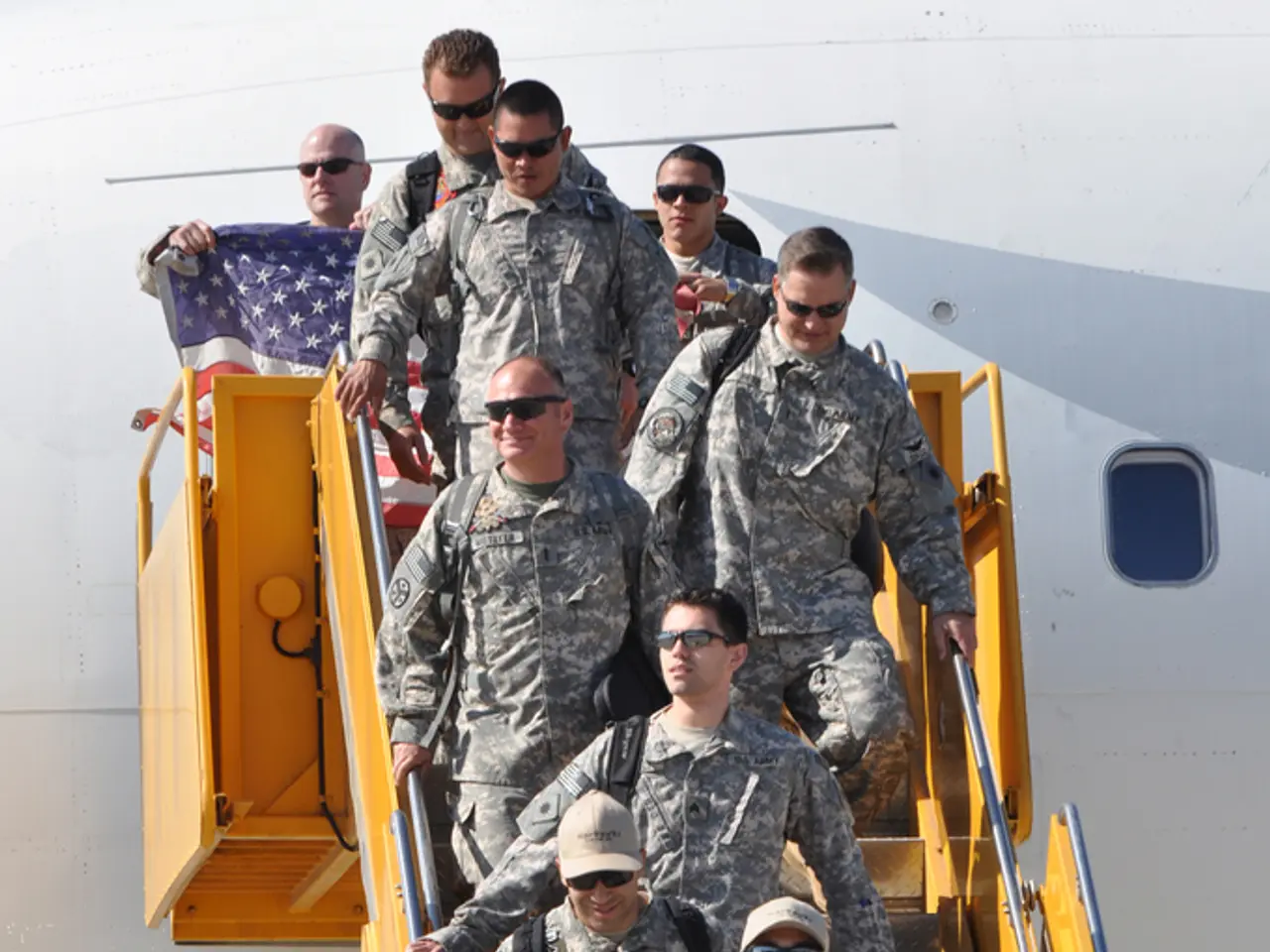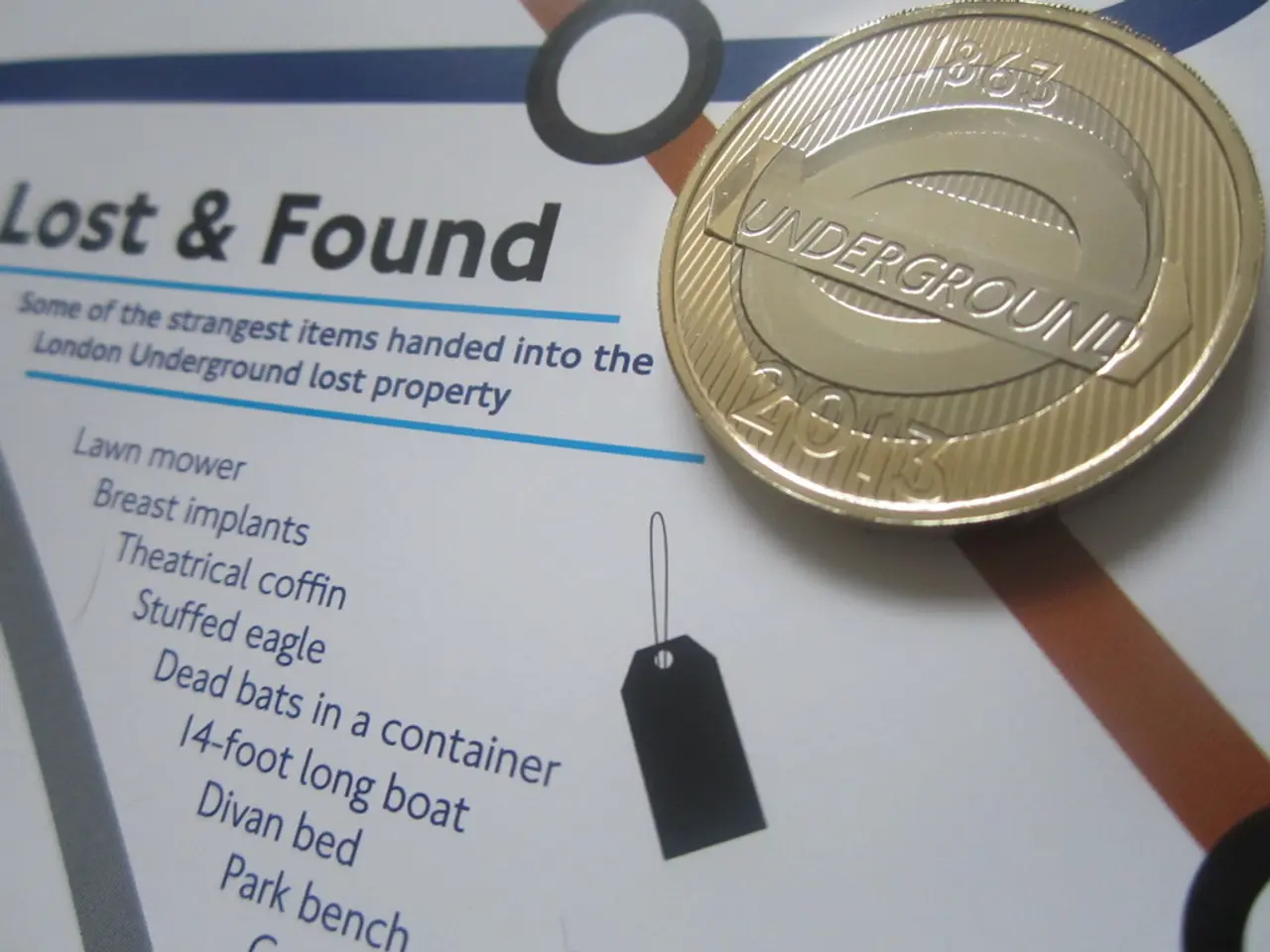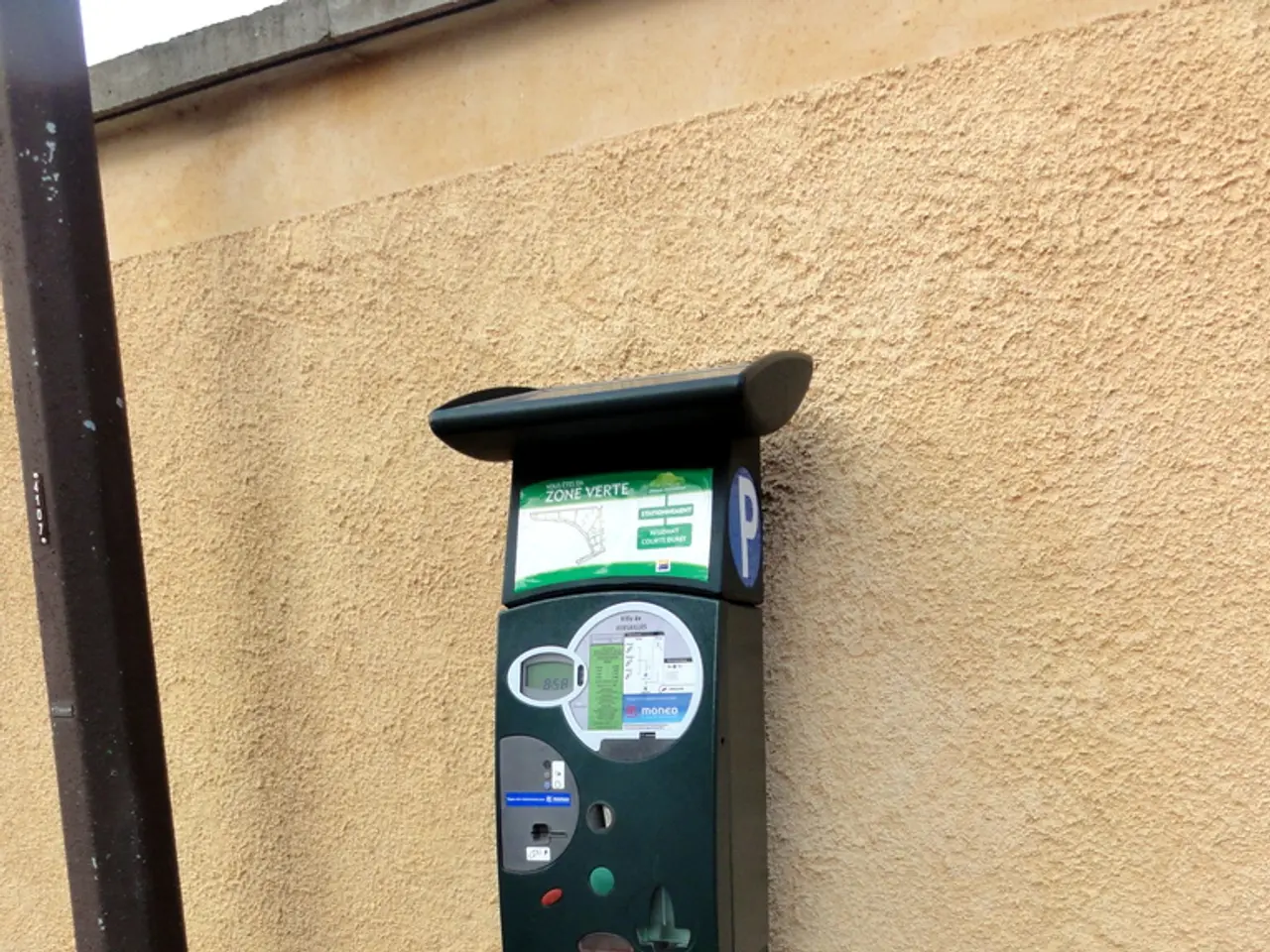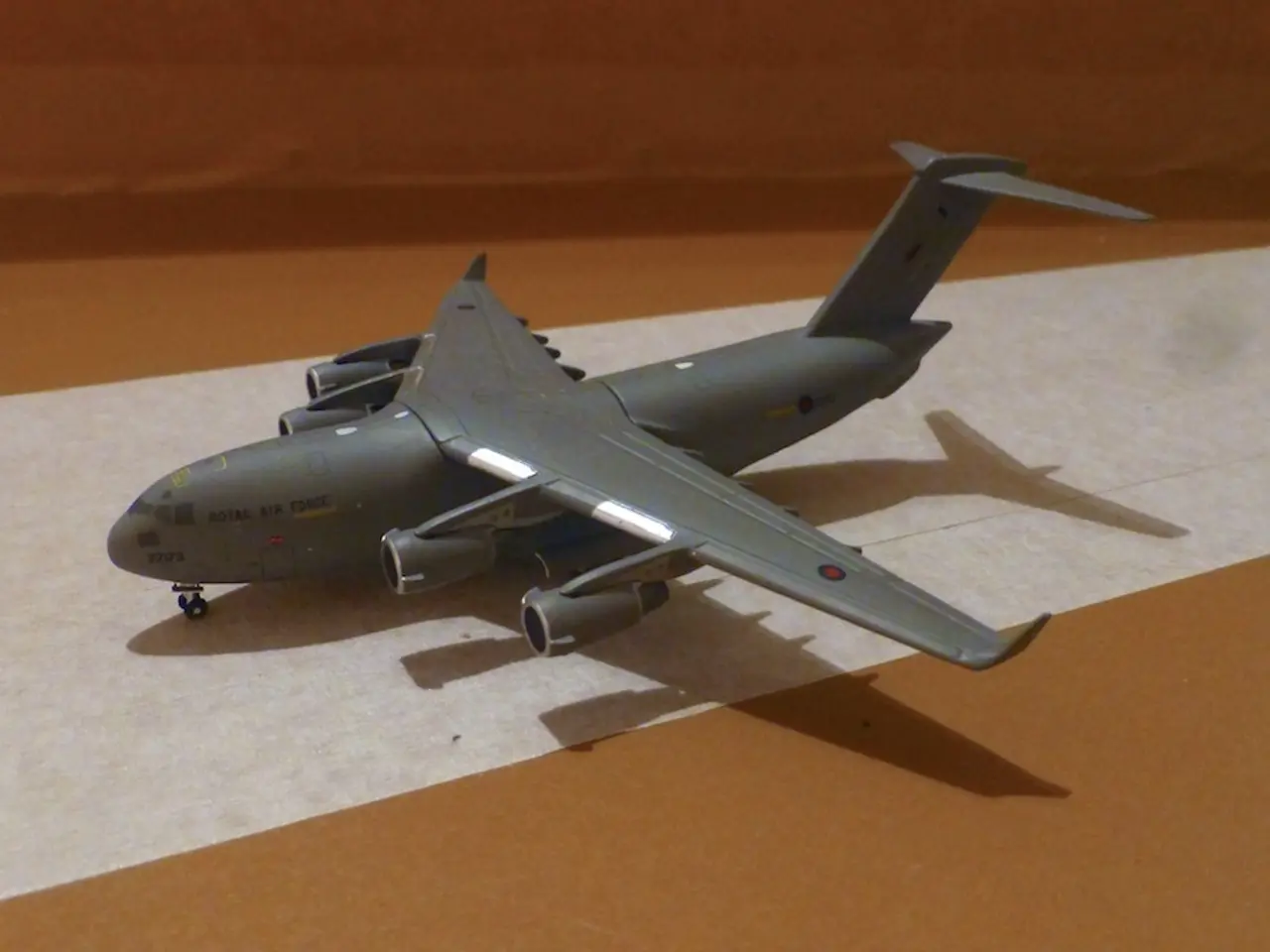Airport Codes Unraveled: Understanding FAA, ICAO, and IATA Designations
In the complex world of aviation, understanding the different types of airport codes is essential for pilots, air traffic controllers, and passengers alike. Three primary codes are used worldwide: IATA, ICAO, and FAA codes, each with its own format, usage, and audience.
IATA codes, consisting of three letters (e.g., MCO for Orlando International, DEL for Delhi), are primarily used by passengers, travel agents, and airlines for ticketing, baggage tags, and timetables. For instance, Orlando International Airport's IATA code is MCO, which is used for tickets and passenger information. However, IATA codes are not typically used for air traffic control or navigation.
On the other hand, ICAO codes, which are four-letter codes (e.g., KMCO for Orlando International, VIDP for Delhi), are used by pilots, air traffic controllers, and aviation authorities for flight planning, air traffic control, and operational procedures. These codes provide global uniqueness and are crucial for all official flight plans, communications with ATC, weather reports, and when filing IFR flight plans.
In the United States, a third type of code, FAA codes, is used. These codes are usually three or four characters and are used mainly within the United States as airport identifiers by the FAA for domestic regulation, navigation charts, and procedures. For example, Orlando International Airport's FAA code is also MCO, used in FAA and domestic US operations.
To ensure clarity and consistency in communications and operations, it is essential for pilots to know when to use each code. For flight plans and ATC communications, always use ICAO codes. For passenger-facing or airline business contexts, use IATA codes. Within the US, pilots and controllers often use FAA codes, but when filing flight plans, the ICAO code is preferred if available.
This distinction is crucial, as many cities worldwide have names that are duplicates of more famous cities, making IATA codes useful for verifying the correct airport when booking a flight. Furthermore, only airports with regular scheduled passenger and cargo service get an IATA code.
In summary, IATA codes are three-letter codes issued by the International Air Transport Association, primarily used for flight ticketing, baggage handling, and cargo shipping. ICAO codes are four-letter codes assigned by the International Civil Aviation Organization and used globally in flight operations and Air Traffic Control. FAA codes are three- or four-character codes used in the United States for domestic flight planning, when ICAO codes are unavailable.
For more information on these codes, IATA offers access to their database of airport codes, which includes airport area codes, at their website.
Technology plays a significant role in the effective use of data-and-cloud-computing for managing airport codes. Pilots, air traffic controllers, and passengers alike rely on technology to access codes from IATA, ICAO, and FAA databases, facilitating smooth communication and operations in the complex world of aviation. Each code has its unique usage: IATA codes for ticketing, baggage tags, and timetables; ICAO codes for flight planning, air traffic control, and operational procedures; and FAA codes for domestic regulation, navigation charts, and procedures within the United States.




